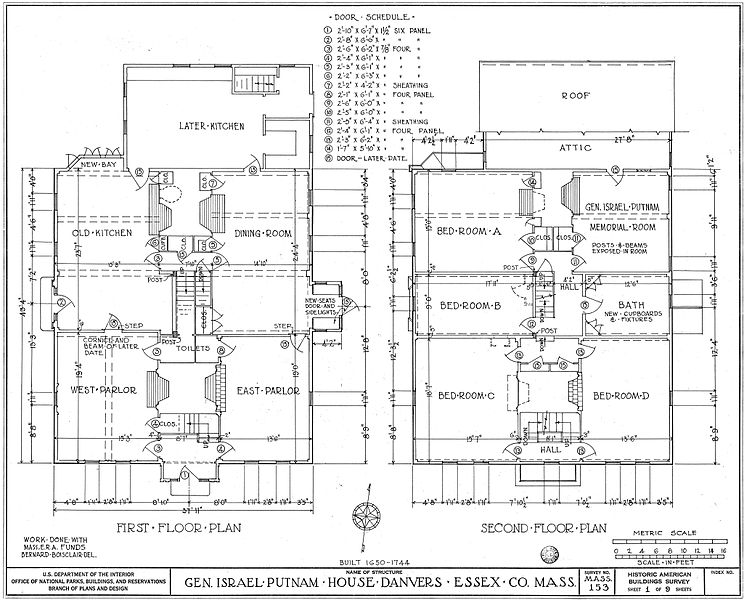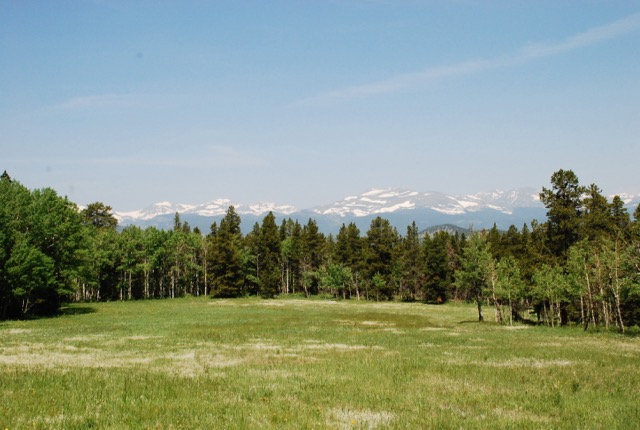You should have already chosen your overall setting for your NaNoWriMo novel. Now let’s plan the specifics of where your protagonist lives and works.

Once again, the work you need to do for your setting will depend on your genre, but here are some general suggestions.
Where does your main character call home?
Where does your main character sleep and eat? Do they live in a home, apartment, spaceship, or are they homeless? What does where they live say about your character?
If you are writing speculative fiction, historical fiction, or fantasy, it is time to do some serious world building. It is possible to use some of the techniques for developing a contemporary setting to help you create your otherworldly one.
Ask some questions.
- What kind of architecture is appropriate for the time and place?
- What sort of building materials are used?
- When were the homes built?
Research contemporary places to live.
- Visit real estate websites. These days you can take a virtual tour of homes anywhere in the world. Pick some locations in the area you’ve chosen as a setting and see where your main character should live.
- Take screenshots or download images to record the look of the home.
- If there’s one available, download a blueprint. Otherwise, draw your own rough house plan to keep on file. You don’t want your bathroom to be upstairs in one chapter and downstairs in the next.

This is a public domain floor plan of an historic house.
Have fun with this part. Add furniture and amenities. You can even decide your character’s decor, down to the art on the wall, the style of coffee maker, and color of the fridge.
Where does your main character work?
Your characters will likely spend more time at work than at home. Plan the spaces accordingly, using some of the same tools as above. For example, if your character works in a police station, use Google Maps to see what the police stations in that setting look like.
Other tips:
Write down details you love from places you visit. Love the brushed metal door at the library? Take a photo with your phone and write down how the sound it makes when it closes. Does the mid-century modern house in the neighborhood catch your eye? Convert it into the office where your character works and add your favorite landscaping.
My main character has a service job that takes her into other people’s homes as well as businesses. I will need to nail down a few of the spaces she visits regularly.
Other places your character visits.
Do your characters have hobbies? Run regularly in the park? Meet (pre-Covid) on Wednesday nights at the library or local community center?
Start a running list of these places and what the spaces look like. You might even start a map of the town or city where your main character lives, marking the places she visits most often.
Conclusion:
You likely won’t use all or even many of the details you develop, but this preparation will come in handy when you begin to write scenes.
How is your setting planning going? Do you have any tips?
#####
Visit our 30 Day Novel Prep Page for all the links.





